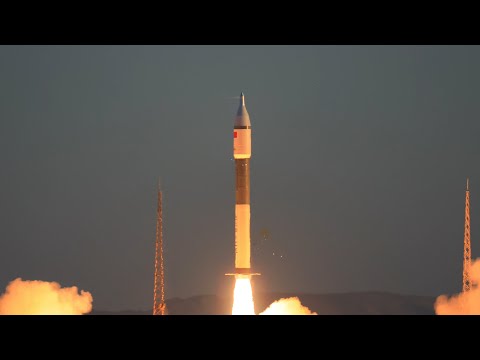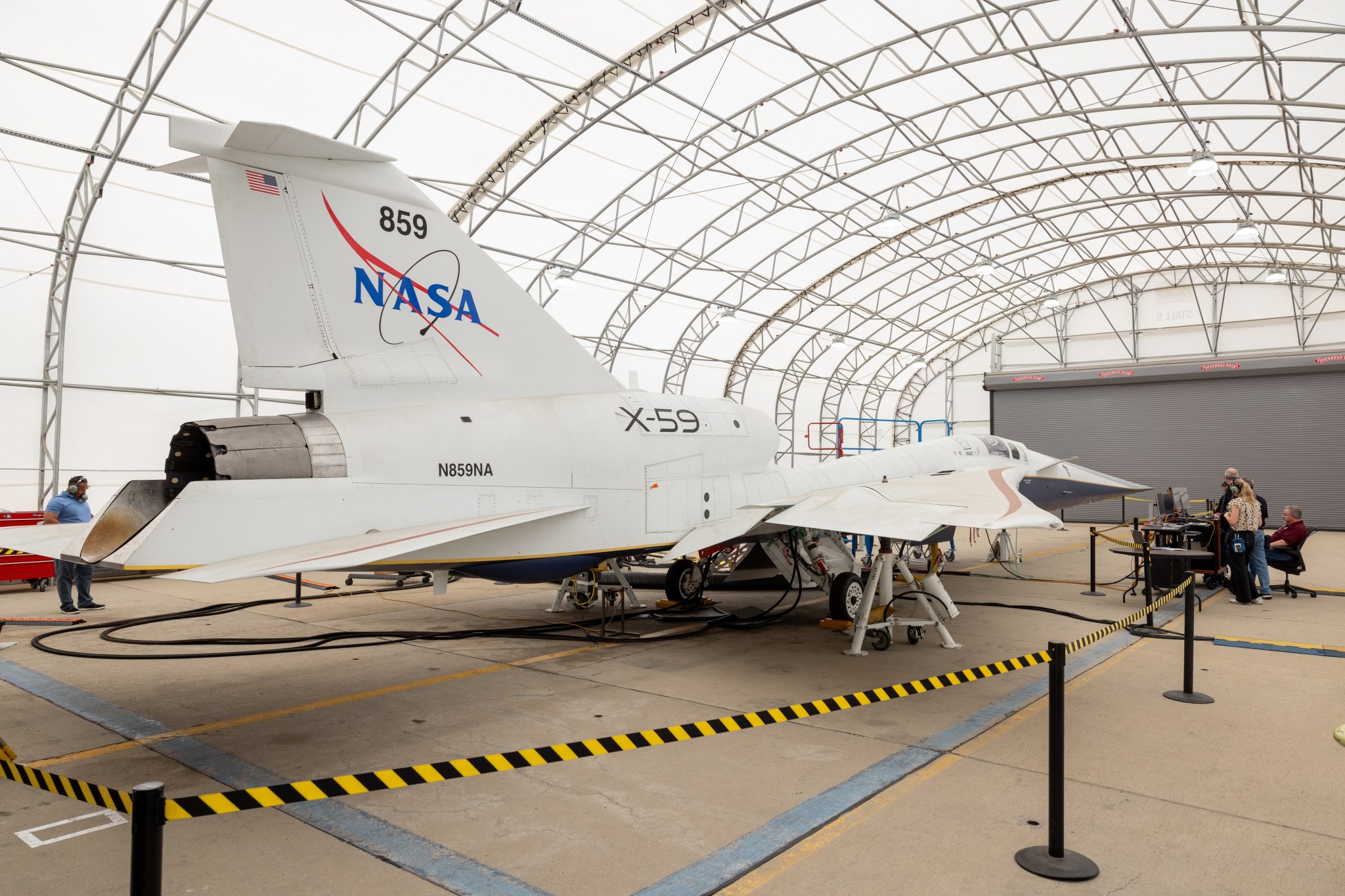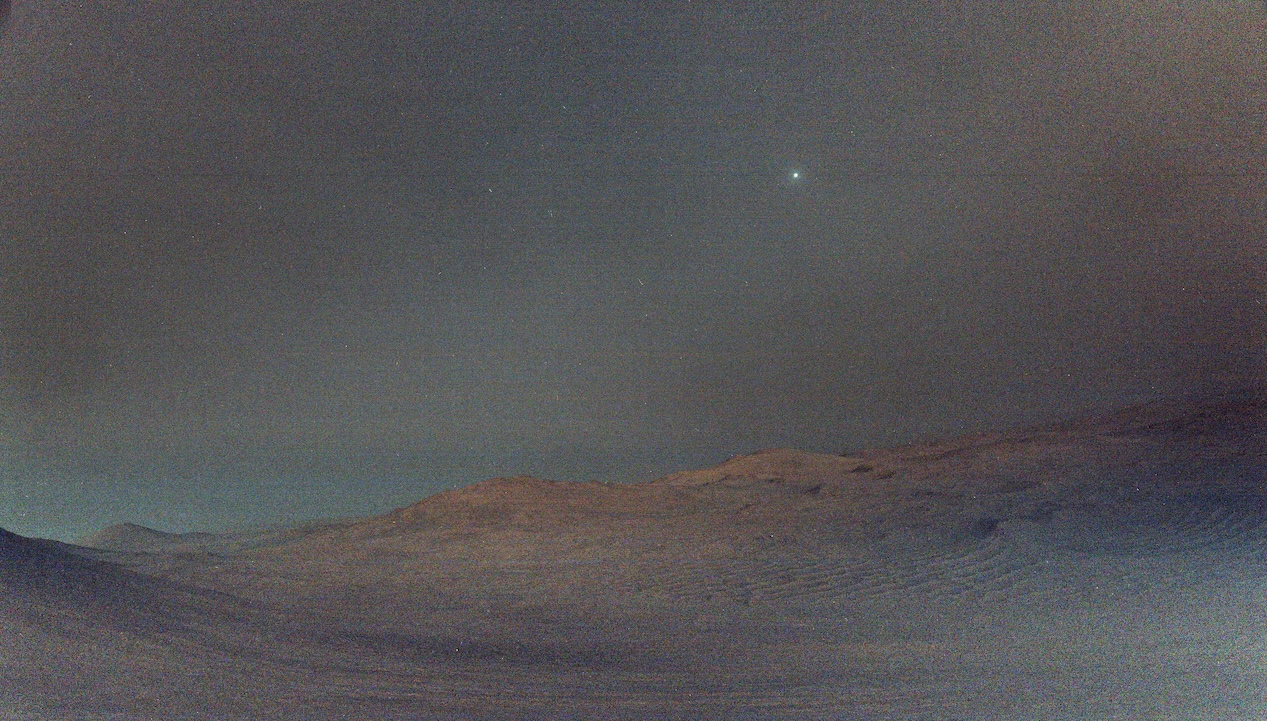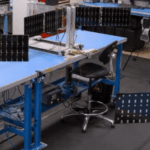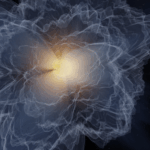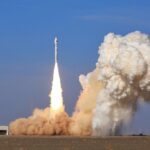Now Reading: AI could deliver insights when paired with (the right) humans
-
01
AI could deliver insights when paired with (the right) humans
AI could deliver insights when paired with (the right) humans
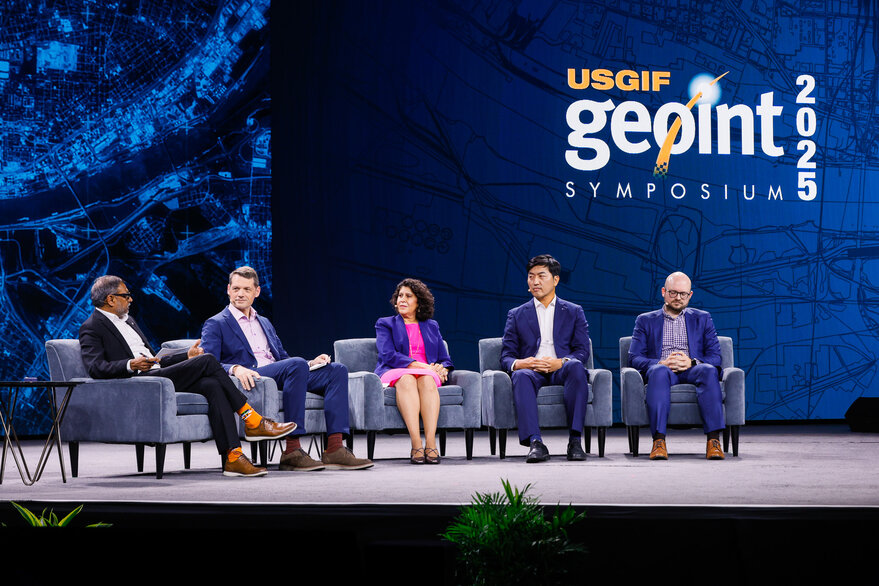

ST. LOUIS – Artificial intelligence combined with human insight promises to transform geospatial intelligence, experts said at the GEOINT Symposium 2025.
But it will require standards, data verification and monitoring to ensure accurate results, they said.
“It is a competitiveness issue in national security,” said Abe Usher, the co-CEO of Black Cape. “Humans plus AI absolutely will replace humans without AI.”
Reinventing Geospatial CEO Stephan Gilotte added that true understanding or insights will be achieved when “the humans do what they’re good at and the machines do what they’re good at.”
With the latest AI tools, human-machine teaming may sound simple. It’s not.
People will need to collaborate to establish the metrics, benchmarks, standards and best practices, so that eventually, even when it’s AI and human, “we’re not being misled by the AI, but actually generally supported,” said Nadine Alameh, Taylor Geospatial Institute executive director.
It’s also important to understand, verify and correctly label data and imagery that trains AI models, experts said. Is it satellite imagery, for example, or synthetic data?
“We have to describe what type of imagery we are using,” said Taegyun Jeon, SI Analytics founder and CEO. “Authenticity of the data is very important.”
Another challenge is developing the “processes, procedures and tools to monitor incoming data and monitor models to make sure they’re performing in the way that you expect,” said Don Polaski, Booz Allen Hamilton vice president of AI. As AI architectures become increasingly complex, “where models are reasoning and coming up with their own workflows, we need to think about getting the instrumentation in place to collect logs.”
At GEOINT Katrina Mulligan, OpenAI national security lead, demonstrated how ChatGPT analyzes geospatial images to identify the location. Logs running throughout the demonstration showed the clues the chatbot uncovered and how it searched the web to test its assumptions.
Neither AI tools nor human analysts tend to provide that level of transparency.
“For a long time, we as a community have relied on experts, but we didn’t necessarily ask them to show their work,” Usher said. “As we’re involved in teamwork with an AI, we can have it show its work, show its assumptions and cite the information that it’s using and the outputs that it’s presenting to us. This can open up a new form of transparency that we haven’t had as a community.”
In terms of human-AI cooperation, Polaski warned, that while some people are wary of AI, others are too trusting.
“I hear a lot about getting the existing workforce that didn’t grow up with these tools to adopt them,” Polaski said. “The bigger challenge is younger folks who have grown up with algorithms and AI and trust them implicitly. How do we make sure that the new folks know when to call the bluff of the AI?”
Stay Informed With the Latest & Most Important News
Previous Post
Next Post
-
 012024 in Review: Highlights from NASA in Silicon Valley
012024 in Review: Highlights from NASA in Silicon Valley -
 02Panasonic Leica Summilux DG 15mm f/1.7 ASPH review
02Panasonic Leica Summilux DG 15mm f/1.7 ASPH review -
 03From Polymerization-Enabled Folding and Assembly to Chemical Evolution: Key Processes for Emergence of Functional Polymers in the Origin of Life
03From Polymerization-Enabled Folding and Assembly to Chemical Evolution: Key Processes for Emergence of Functional Polymers in the Origin of Life -
 04How New NASA, India Earth Satellite NISAR Will See Earth
04How New NASA, India Earth Satellite NISAR Will See Earth -
 05And Thus Begins A New Year For Life On Earth
05And Thus Begins A New Year For Life On Earth -
 06Astronomy Activation Ambassadors: A New Era
06Astronomy Activation Ambassadors: A New Era -
07SpaceX launch surge helps set new global launch record in 2024














